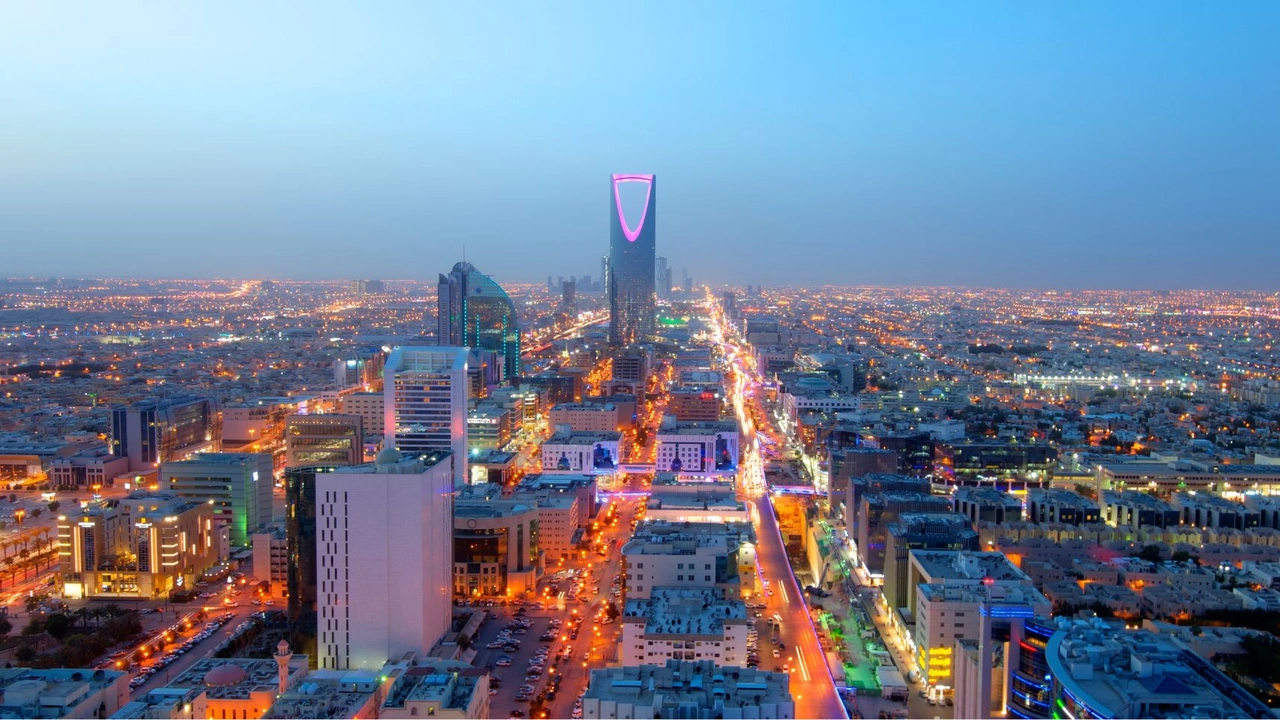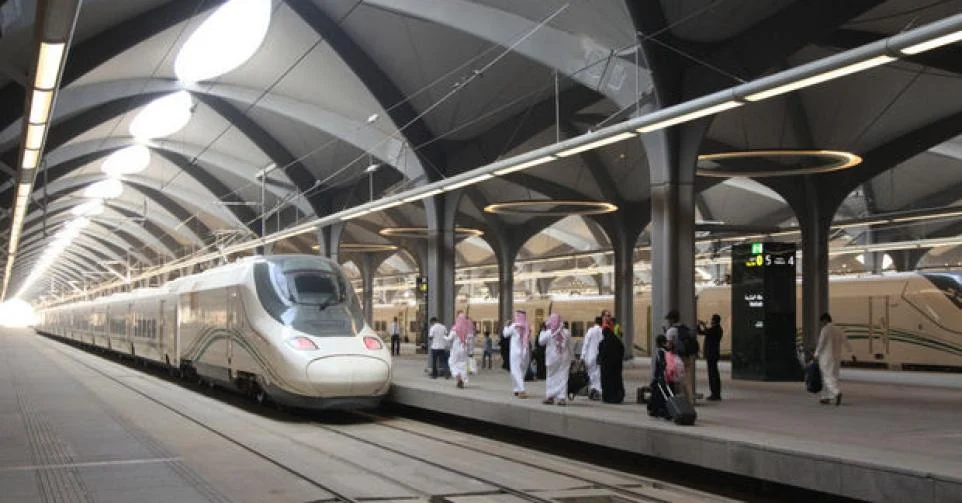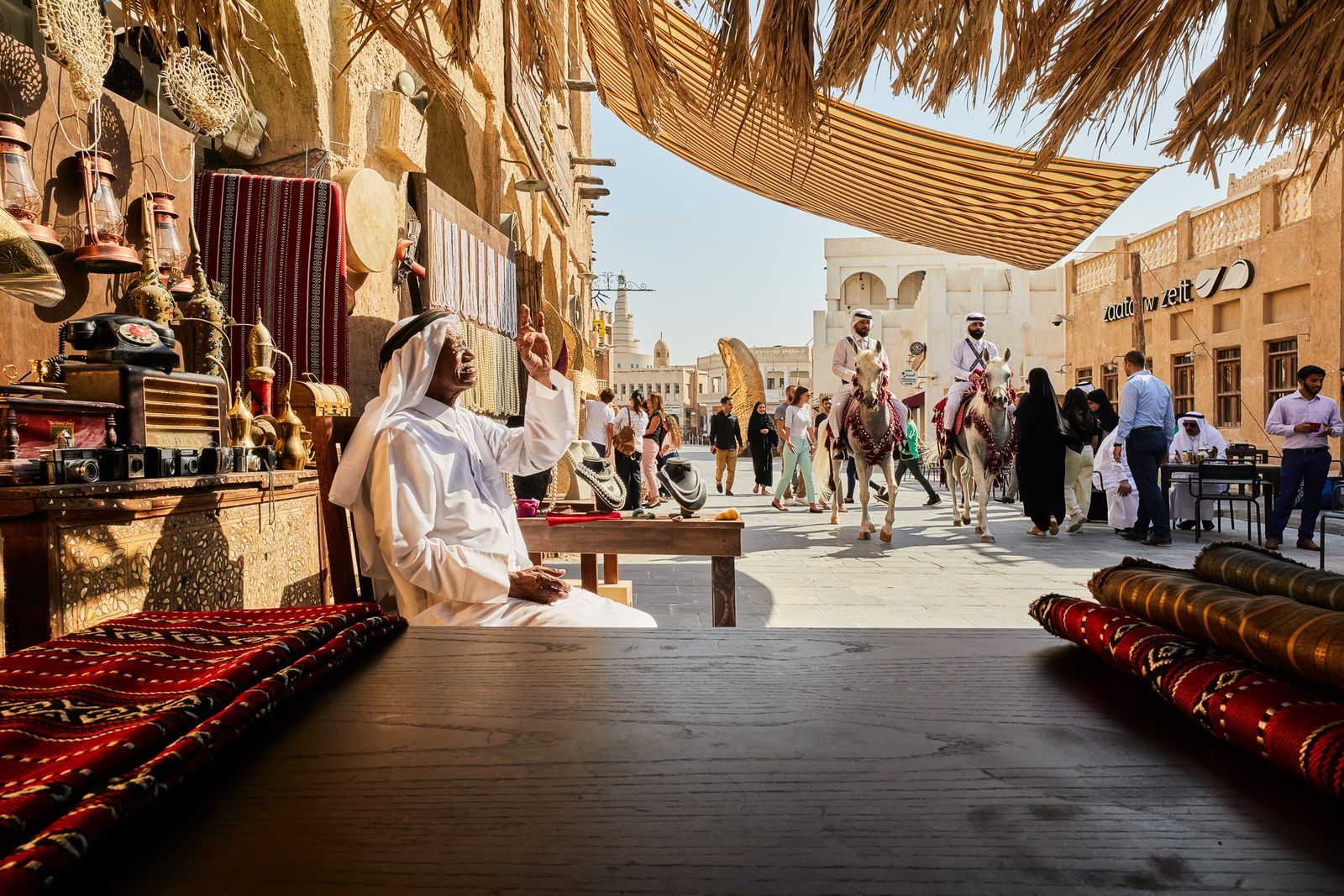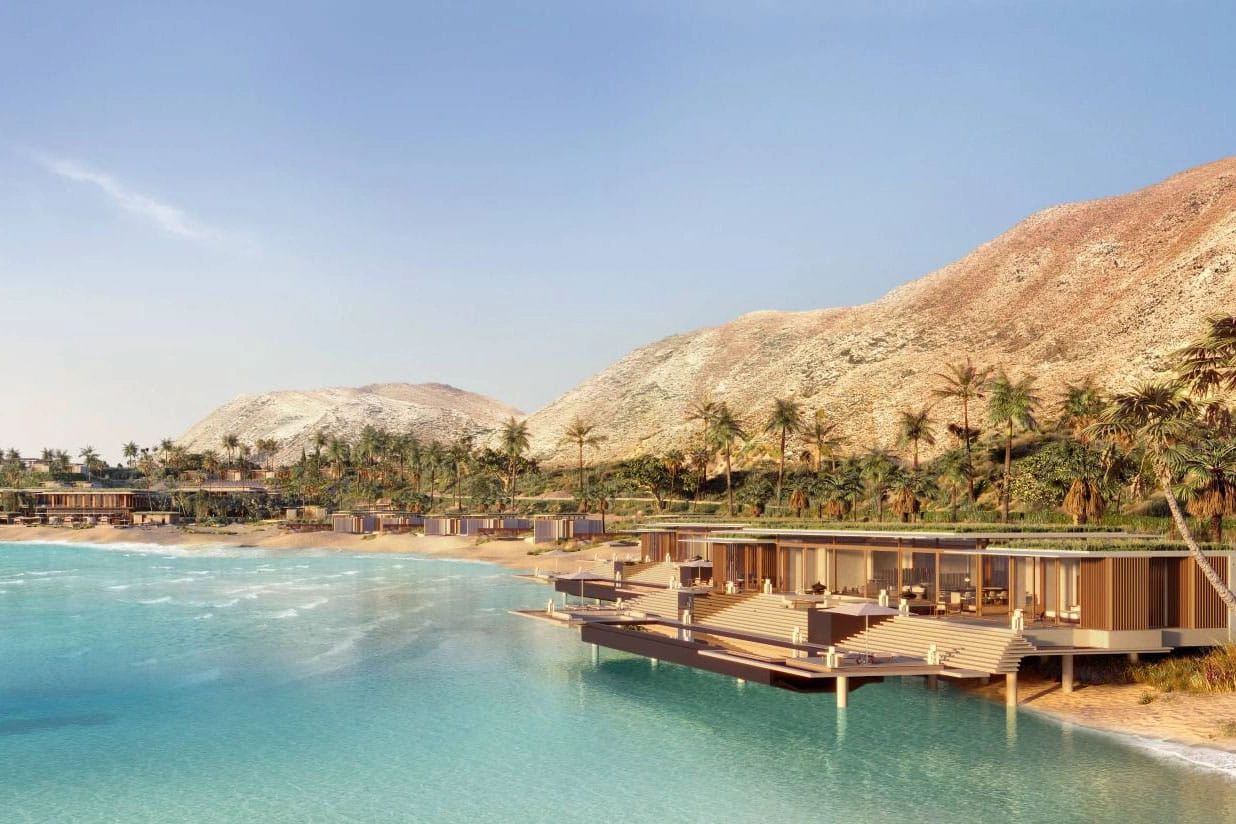Saudi Arabia, a land rooted deep in history and rich with vibrant culture and traditions, is now opening its doors to the world to reveal its treasures and diverse natural beauty. From ancient cities that once thrived along caravan routes to modern landmarks reflecting a visionary future, the Kingdom is the perfect destination for those seeking a unique experience that blends the past with the present.

opulens, Best Hajj and Umrah Site the first-ever official planning, booking and experience platform, to create your Hajj or Umrah itinerary to Makkah, Madinah, and beyond.
Tourism Saudi Arabia’s rich heritage and culture, captivating outdoor activities, and delicious local cuisine with opulens. Adding to your Hajj and Umrah rituals, plan your trip to Saudi Arabia today
Table of Contents
Top Historical Sites to Visit in Saudi Arabia
1. AlUla – Madain Saleh (Al-Hijr)
Madain Saleh, the first Saudi site to be listed as a UNESCO World Heritage Site, is known for its Nabatean tombs carved into the rocks. AlUla also hosts major cultural events such as the “Winter at Tantora” festival.
2. Historic Diriyah
The birthplace of the first Saudi state, known for its Najdi architecture, traditional markets, and museums narrating the Kingdom’s founding history. The At-Turaif district is also a UNESCO World Heritage Site.
3. Historic Jeddah (Al-Balad)
A charming coastal destination showcasing Hijazi heritage and cultural diversity. Famous for its narrow alleys, wooden-latticed balconies (Rawasheen), and traditional markets.
4. Rijal Almaa Village – Asir
A colorful architectural gem in the southern mountains, made of stone houses decorated with vibrant motifs. It’s a living model of southern heritage preserved through generations.
5. Najran – Al-Ukhdood
An archaeological site mentioned in the Qur’an, known for its ancient rock carvings and unique location reflecting a convergence of ancient civilizations.
We’re here to help — contact us now!
Best Times to Explore the Kingdom

Autumn (October – December): Ideal for visiting most regions, especially Riyadh, AlUla, and Taif.
Winter (January – March): Perfect for desert adventures in places like Hail and the Nafud Desert, and to enjoy seasonal festivals such as Riyadh Season.
Summer (June – August): Best for exploring the cooler southern areas like Asir, Al-Baha, and Taif.
Ramadan: A spiritual and cultural experience unlike any other, although daytime activities may be limited.
We’re here to help — contact us now!
Cultural Etiquette for International Travelers
- Dress Code: Modest clothing is encouraged in public places. Cultural tourism is often enhanced by wearing traditional attire like abayas or thobes at certain sites.
- Greetings: Handshakes are common among men. However, avoid initiating physical contact with women unless they do so first.
- Religion: Respect prayer times and avoid eating or drinking in public during the holy month of Ramadan.
- Hospitality: Saudis are known for their generous hospitality. Guests are often offered Arabic coffee and dates as a sign of welcome and respect.
Packing Tips for Desert and City Adventures

In the Desert:
- Lightweight clothing for the day, warm layers for cold desert nights.
- Closed shoes or boots for desert hiking.
- Sunglasses, sunscreen, and a hat.
- A refillable water bottle.
In the Cities:
- Comfortable, modest outfits.
- Portable charger, especially if using maps or translation apps.
- Local SIM card or roaming plan for connectivity.
- Comfortable walking shoes for exploring markets and museums.
Saudi Arabia’s charm isn’t limited to its historical landmarks and rich culture — it also extends to its breathtaking and diverse natural landscapes. In the west, the Red Sea coast stretches along sandy beaches and crystal-clear waters, attracting diving enthusiasts and those eager to explore vibrant coral reefs. The cities of Yanbu and Umluj are among the most stunning coastal destinations, offering exceptional marine experiences.
In the south, the Sarat Mountains in Asir and Al-Baha stand out with their moderate climate and lush green scenery, offering a striking contrast to the Kingdom’s typical desert landscape. These areas are perfect summer escapes, where visitors can enjoy hiking, camping, and photography in misty, serene settings.
In the north and central regions, vast golden deserts like the Empty Quarter (Rub’ al Khali) and Al-Nafud Desert provide thrilling adventures for off-road driving lovers and stargazers who enjoy camping under the open sky. These regions also host desert safaris and cultural tours that allow travelers to explore traditional Bedouin life and its artistic heritage.
This geographical diversity makes Saudi Arabia a well-rounded travel destination that caters to every type of traveler — whether you seek peace and quiet, thrilling adventure, seaside relaxation, or mountain exploration.
Conclusion:
Saudi Arabia is not just a destination — it’s a full experience that takes you on a journey through time and immerses you in diverse cultural landscapes. Whether you’re adventuring through deserts or marveling at Islamic architecture, the Kingdom will captivate you with its beauty and spirit.
Contact us now to discover more!






